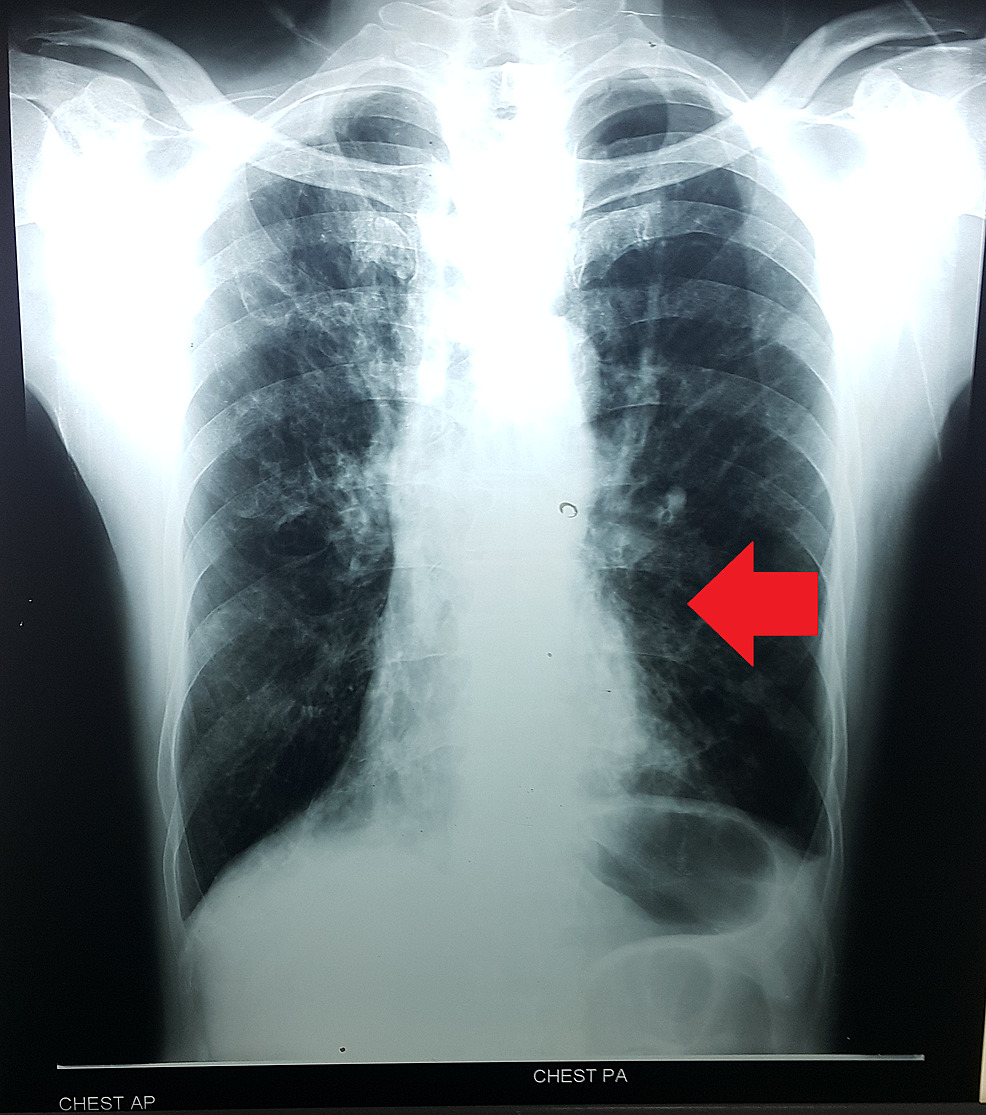Playlist
Show Playlist
Hide Playlist
Resulting Condition: Kartagener’s Syndrome
-
Slides Cellular Pathology - Motility and Structure.pdf
-
Download Lecture Overview
00:01 Now, there is a disease where we have defective dyein arms. 00:05 Oh, my god, who would've thought? This is Kartagener's syndrome. 00:08 Okay, this is not a public health menace, doesn't affect that many people, but it is illustrative of what can happen as part of normal housekeeping gone array. 00:17 So, if you have defective dyein arms or some of the other microtubule components, mostly defective dyein arms, you're not gonna have ciliary motility, right? So, you're not gonna get the mucus out of your airways, so you're going to get increased risk of infection, and your sperm are not gonna work. 00:35 So, males with Kartagener's syndrome are sterile. Their sperm don't swim. 00:40 So, it's an autosomal recessive cause of chronic lung disease. 00:45 You get bronchiectasis, so dilation of the distal airways, and sinusitis, because the cilia don't work in your sinuses and your airways. 00:54 And you don't clear out the mucus, so bacteria can get a foothold. 00:58 It causes male sterility, and interestingly enough, one of the other manifestations of this is situs inversus, where organs are actually all on the wrong side. 01:08 So, instead of having a heart in your left chest, it's a heart in your right chest, and this is because early on in development, the thing that gives us sidedness happens to involve a flagella on a cell. 01:21 That swims in a particular direction or spins in a particular direction. 01:24 Okay, so that's Kartagener's syndrome. 01:26 And this is just an example of what it looks like. 01:28 We have normal cilia on the left with your 9+2, and we still have the 9+2 microtubules, but we have no dyein arms or defective dyein arms. 01:37 So, that's Kartagener's syndrome. 01:39 And with that, we've kind of finished up cytoskeleton, and we have finished up with movement. 01:47 And we're gonna move on to the next topic.
About the Lecture
The lecture Resulting Condition: Kartagener’s Syndrome by Richard Mitchell, MD, PhD is from the course Cellular Housekeeping Functions.
Included Quiz Questions
Which of the following conditions is associated with Kartagener's syndrome?
- Bronchiectasis
- Female sterility
- Cellulitis
- Situs solitus
- Congenital absence of the vas deferens
Customer reviews
5,0 of 5 stars
| 5 Stars |
|
5 |
| 4 Stars |
|
0 |
| 3 Stars |
|
0 |
| 2 Stars |
|
0 |
| 1 Star |
|
0 |





